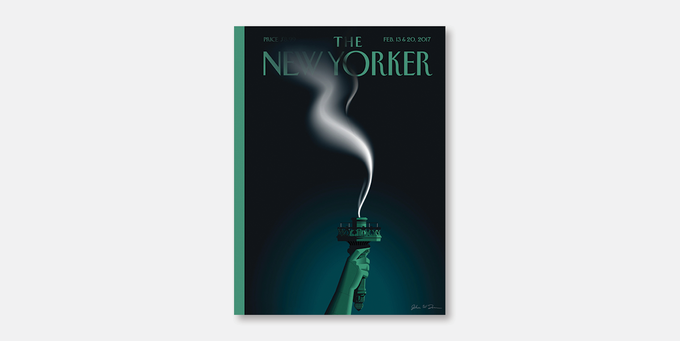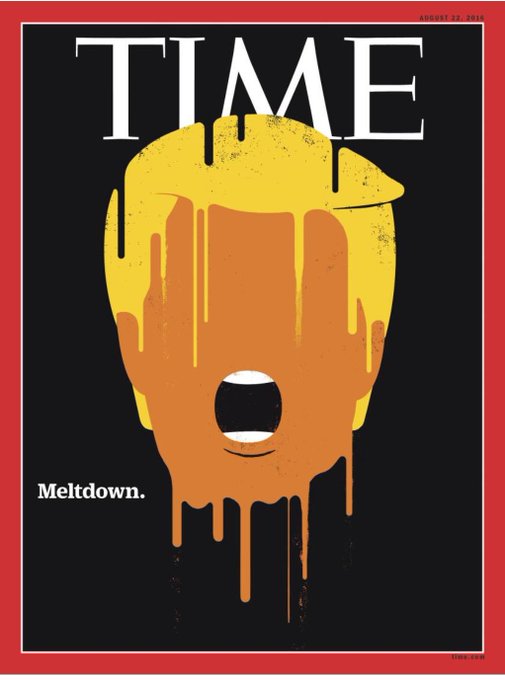The following article by Josh Rogin was posted on the Washington Post website February 4, 2017:
Editor’s Note: Prior to publication of this column, The Post sought comment from the Department of Homeland Security but not from the White House. We should have done both. The article has been updated. – Fred Hiatt
UPDATE (Feb. 4, 6:13 p.m.): The article has been updated to reflect comments from White House press secretary Sean Spicer. The article previously stated that Stephen K. Bannon visited Homeland Security Secretary John F. Kelly’s office on Jan. 28. Spicer said Bannon did not make such a visit. He also said that Secretary of State Rex Tillerson and Bannon did not participate in a 2 a.m. conference call on Jan. 29. The article also previously stated that President Trump approved a pause in executive orders pending new procedures. According to Spicer, it was White House Chief of Staff Reince Priebus, rather than the president, who approved the new procedures, but not a pause.

Over the weekend of Jan. 28-29, as airport protests raged over President Trump’s executive order on immigration, the man charged with implementing the order, Homeland Security Secretary John F. Kelly, had a plan. He would issue a waiver for lawful permanent residents, a.k.a. green-card holders, from the seven majority-Muslim countries whose citizens had been banned from entering the United States.
White House chief strategist Stephen K. Bannon wanted to stop Kelly in his tracks and told him not to issue the order. Kelly, according to two administration officials familiar with the confrontation, refused to comply. That was the beginning of a weekend of negotiations among senior Trump administration staffers that led, on Sunday, Jan. 29, to a White House decision to change the process for the issuance of executive orders. Continue reading “Inside the White House-Cabinet battle over Trump’s immigration order”












